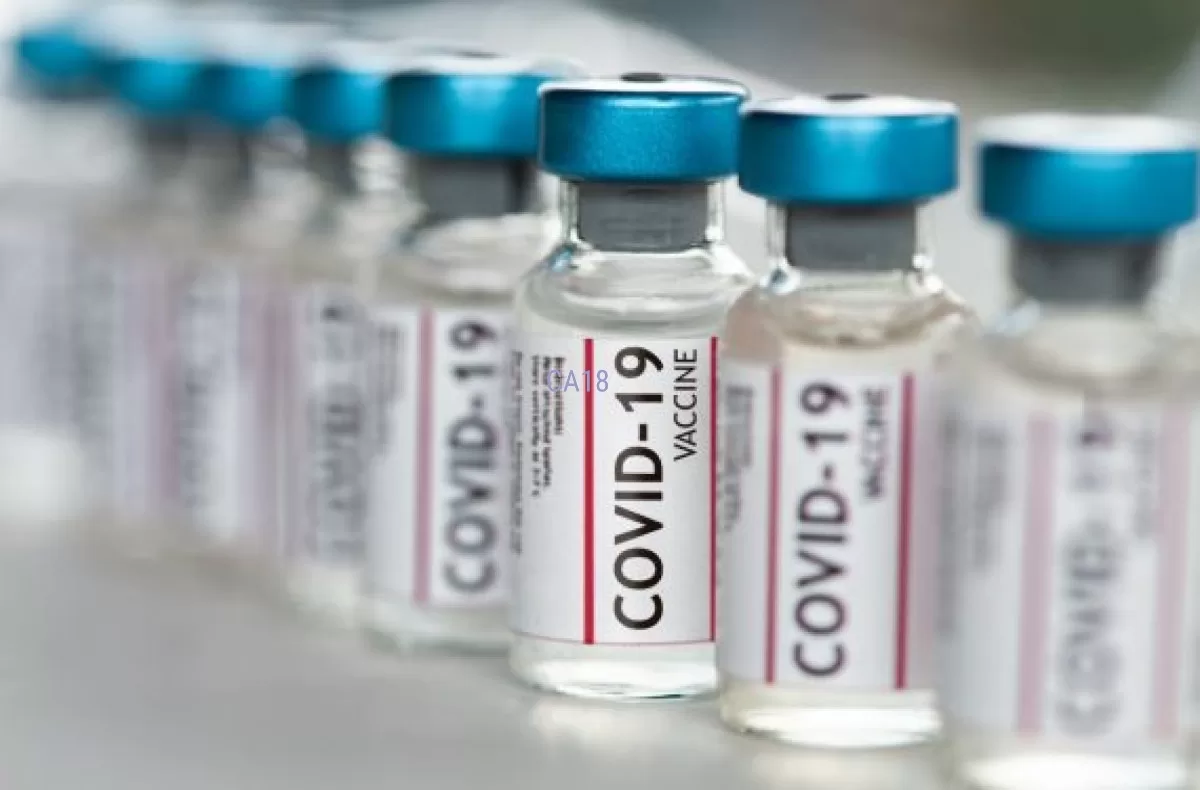For the third time worldwide it has been possible to HIV patients with cancer to cure both diseases with the help of a stem cell transplant. This is reported by doctors from the University Hospital in Düsseldorf in the journal “Nature Medicine”. Since such a therapy has already been used successfully in the “Berlin patient” and the “London patient”, the research team hopes that there will also be treatment options for HIV-infected people without cancer. Will the new findings bring about a breakthrough? Experts are still skeptical.
At the “Düsseldorf Patients” was diagnosed with acute myeloid leukemia (AML) – a form of blood cancer – in 2011, three years after his HIV diagnosis. The disease significantly reduced his chances of survival – but it was his salvation. Because he received one in 2013 because of leukemia stem cell transplant. “Right from the start, the aim of the transplantation was to get both the leukemia and the HI virus under control,” explained Guido Kobbe from the University Hospital in Düsseldorf, who carried out the operation.
HIV completely cured for the third time: Important success for new therapies
The stem cells – like those of two comparable cases from Berlin and London – had one specific gene mutation named CCR5Δ32 (CCR5-Delta32). This mutation occurs mainly in people from northern and central Europe, but overall it is very rare. It ensures that there is no docking point for the HI virus on the immune cells. People with the gene mutation are thus largely immune to HIV.
The big problem with HIV infection is that the virus lodges very deeply in the body memory immune cells. “Our memory immune cells, which are responsible for the fact that we only get certain diseases, such as childhood diseases, once in a lifetime,” explains infectiologist Björn Jensen, who was also involved in the study daily News. “The bone marrow transplant, which is actually carried out to cure a malignant disease like leukemia, of course brings most of the immune system um.” This also destroys most of the HI viruses. The gene mutation then prevents the other viruses from attacking the “new” immune system.
In fact, the transplant resulted in remission of HIV symptoms, so in 2018 the treatment team decided to stop antiviral HIV therapy. The subsequent monitoring of the patient over several years proved the continuing success: Today the scientists speak of one complete healing of the now 53-year-old. In the coming years, by the way, two more cured HIV and cancer patients could be added. Were in the US a woman for the first time and the oldest patient to date treated with stem cell therapy. In the case of the woman was additional cord blood used to make the treatment more tolerable. Both of those affected have been virus-free since then. However, they are still being observed and are not yet considered fully cured.
That’s how important the “Düsseldorf patient” is for HIV research
But what exactly does the healing of the “Düsseldorf patient” mean for research? Jensen summed it up: “After our intensive research, we can now confirm that it is fundamentally possible to stop the multiplication of the HI virus in the long term by combining two essential methods.” However, such a therapy is currently only possible for a few patients: the number of stem cell donors with the gene mutation is small. A stem cell transplant is also possible very risky. Therefore, it is only used in the treatment of other life-threatening diseases such as cancer.
However, the research team hopes that the study “the basis for future healing strategies” can be. After all, the examination of the “Düsseldorf patient” more than nine years and was able to provide detailed information. The scientists think it is possible that in the future HIV will also be transmitted through transplantation gene edited stem cells at infected without cancer can be treated. The mutation would, for example, through the use of gene shears such as Crispr/Cas and combined with strategies that reduce the “nests” of the HI virus.
According to Jürgen Rockstroh from the University Hospital Bonn, there is still a long way to go. An expansion of the therapeutic approach to HIV-infected people without cancer remains for now unrealistic. “One problem here seems to be that in the case of appropriate gene therapy approaches, all cells must subsequently show the CCR5 gene mutation,” explained Rockstroh. However, this is not necessarily achievable for all cells, so that there always remains a reservoir of cells that have not been modified by gene therapy. “Nevertheless, there are also individual cases here after gene therapy, which at least showed better control of the HI viremia after discontinuing the HIV therapy, so that it is certainly promising is to continue researching gene therapy approaches.”
Future of HIV therapy: gene scissors give hope to those infected
According to Boris Fehse from the University Hospital Hamburg-Eppendorf, these approaches include protect blood cells from HIV or even, excise the virus from infected cells. With regard to the hope described by the authors, the biomedical scientist also refers to the small number of suitable stem cell donors, possible rejection reactions and side effects, but is nevertheless optimistic: “It is very easy to imagine that in the near future HIV patients who are due to a Blood cancers that require a stem cell transplant will always be offered the opportunity to have the transplant treated with gene scissors before infusion.” Depending on the disease, these could be donor or the patient’s own blood stem cells.
As Toni Cathomen from the University Hospital Freiburg added, HIV-infected people with well-adjusted therapy now have one anyway life expectancy similar to that of the general population: In his opinion, the risk that is currently associated with a stem cell transplant is therefore not justifiable for “healthy” HIV-infected people. But that could change in the future, according to the molecular biologist. Because: “In contrast to conventional HIV therapy, which must be taken for life, the genetic approach promises a cure after a single use of gene scissors, that is, a cure complete remissionand thus the discontinuation of antiretroviral therapy.”
A cure is said to be possible even without a bone marrow transplant or gene scissors: A young mother reports that she has defeated the HI virus “naturally”.
with material from the dpa


